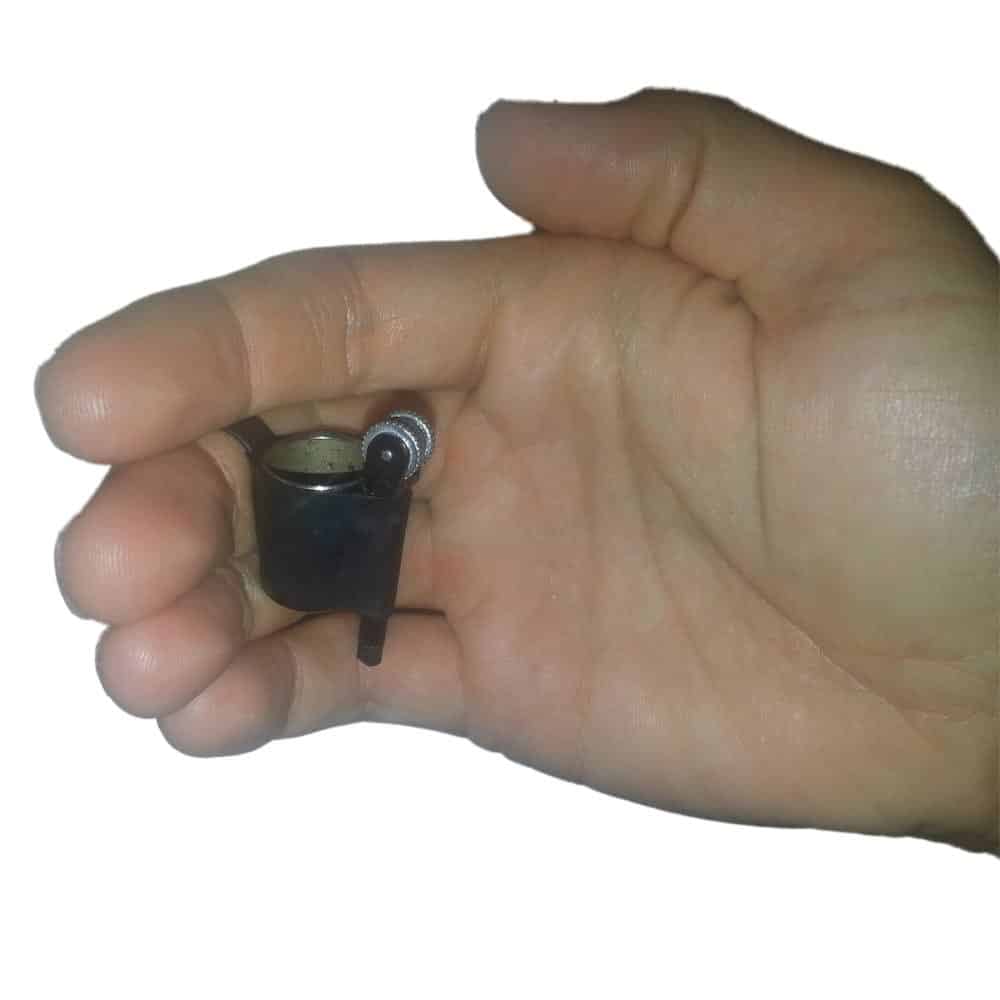

Gygax founded a company called Tactical Studies Rules, or TSR, to publish the Dungeons & Dragons (1974) system he then developed with Arneson. Once Arneson realized he had something special on his hands, he showed it to Gary Gygax, and their collaboration began on a new game. By that second printing, the game had already begun to divide Wizards into casters with various levels of ability, and the rules referred to the bunch of them as “Magic-users.” One of the people who picked up the Chainmail rules early on was Twin Cities gamer Dave Arneson, who started hacking them into a local variant which became focused on small parties of adventurers raiding dungeons to fight monsters and win treasure. Chainmail drew on fantasy literature outside of Tolkien to add more monsters you could incinerate with a Fireball, such as regenerating trolls.įor a miniature wargame of the era, Chainmail was very successful: it sold a few thousand copies, along the way requiring a second printing in 1972. It turned the Wizard into a much more versatile spellcaster: in addition to the “fire ball” spell, Wizards could cast a “lightning bolt” that shot through enemies in a straight line, as well as a number of utility spells to create magical light or darkness and to summon of elementals that fought on a Wizard’s behalf. He combined his existing systems for jousts, castle sieges and so on with fantasy rules that borrowed heavily from Patt, and published them all in a skinny pamphlet called Chainmail (1971).Ĭhainmail was the first commercially-available fantasy wargaming ruleset. But Gygax had a pretty audacious ambition for his work: he was going to sell his wargaming rules. Miniature wargamers of the day constantly borrowed from each other, tweaking and hacking rules in a collaborative and non-commercial environment. In Lake Geneva, Wisconsin, Gary Gygax had already been working with his friend Jeff Perren on a medieval wargaming system when Patt’s rules started circulating. But before he forgot about wargaming altogether, he published his two-page sketch of Middle-earth rules in a local fanzine, which made its way through the tiny gaming community of the day all the way to Wisconsin. Patt left for graduate school soon thereafter and found more practical things to do with his life. Probably Fireballs owe their presence more to the behavior of field guns in modern era wargames that Patt and his friends also played than they do to any literary source.Īlthough Tolkien was all the rage then, no one was really doing fantasy wargaming at the time, and Patt’s rules won the “Best in Show” award at a 1970 wargaming convention in Philadelphia. This isn’t to say that literature and film outside of Tolkien didn’t have plenty of fireballs by 1970-but Patt first depicted them as a game element for the Middle-earth setting. The closest we probably see is the scene in The Hobbit where Gandalf pelts wargs with flaming pinecones. Wizards in Middle-earth rarely cast flashy spells: Gandalf and Saruman don’t lob many fireballs that explode at a distance. The only magical attack in this Wizard’s arsenal was a spell that Patt called “fire ball.” The “fire ball” spell caused a burst of fire damage at a long range that would incinerate most normal units-though a powerful figure, like a Hero, would get a saving throw. Beyond fixtures like ents, orcs, and dragons, this naturally meant introducing a wargaming figure type called a Wizard.

But it only recently came to light that Chainmail in turn borrowed its Fireball from an even earlier wargaming source. Way back in 1970, a Boston area tabletop wargamer named Leonard Patt jotted down a brief set of rules for gaming in Middle-earth. Old “grognard” wargamers know that Fireball predated D&D, as it appeared in the earlier fantasy wargame Chainmail. At a high level, the history of Fireball is the history of fantasy gaming itself. Its ultimate origins may lie in high fantasy literature, but as soon as game developers began incorporating it, they have made Fireball their own, adapting it to be a satisfying gameplay mechanic.Īs Fireball blasts its way into a fifth decade, it’s high time to take a look at the origin and evolution of the Fireball spell: its knockdowns, saving throws, damage over time, and its unquenchable appeal.


It turns out that the Fireball spell is as old as fantasy gaming itself: it is one of the small set of constants that runs through Dungeons & Dragons, Magic: the Gathering, and the many computer games today that build on their analog gaming heritage.


 0 kommentar(er)
0 kommentar(er)
